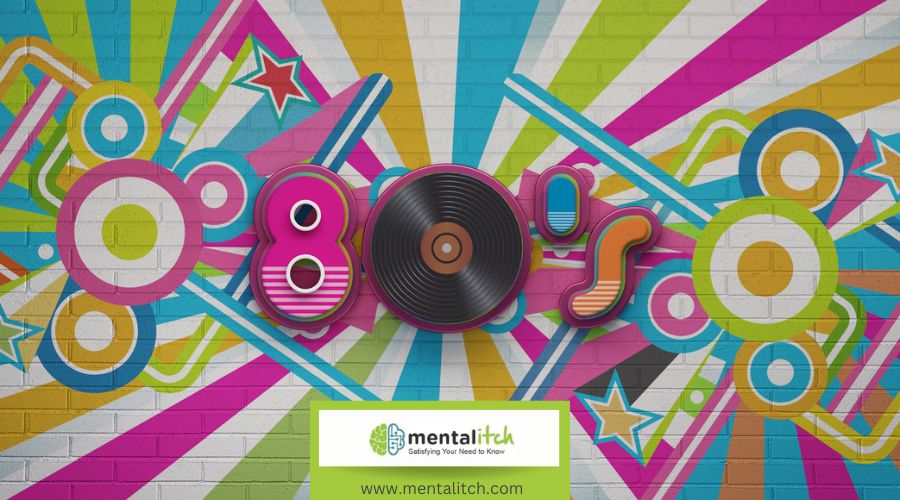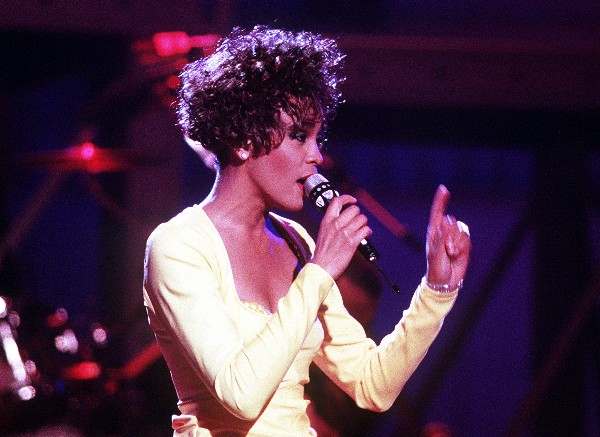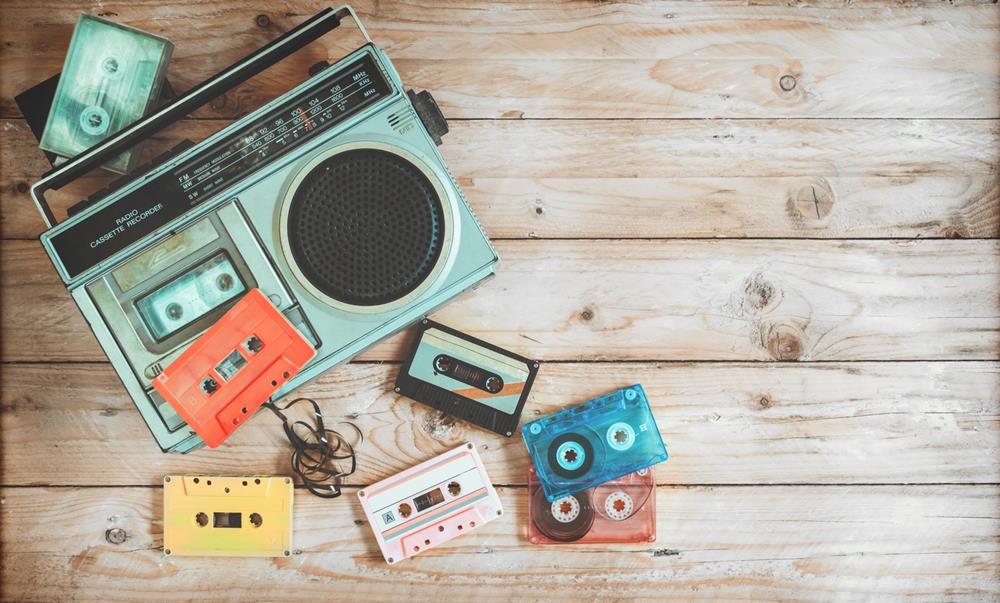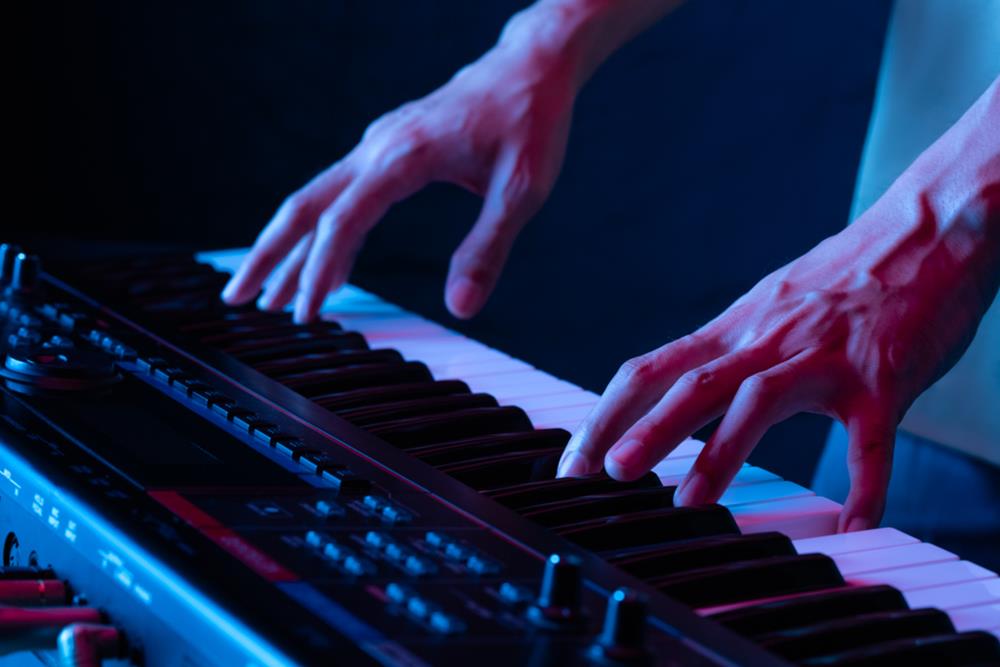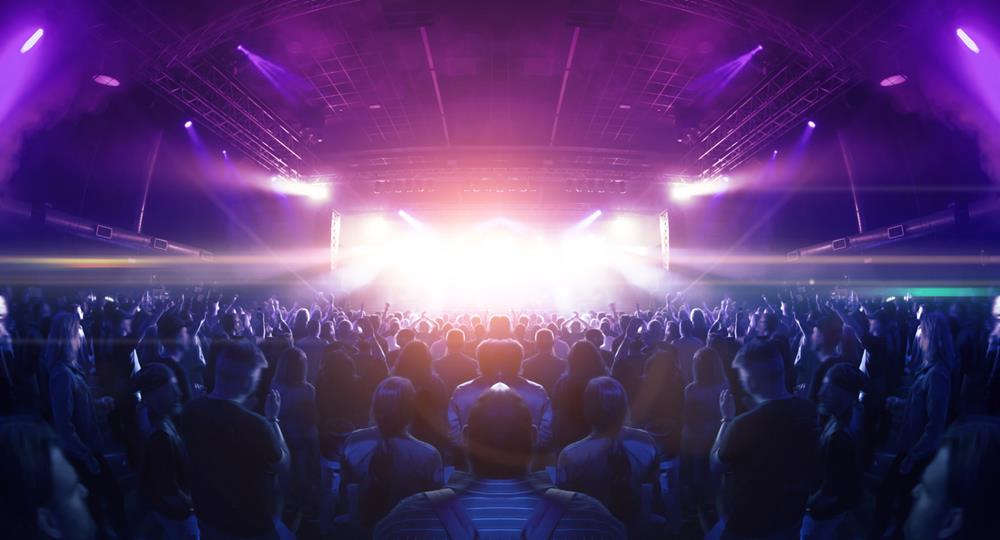The allure of music from the 80s continues to captivate audiences worldwide, not just for its unforgettable melodies but also for the charisma and flair of iconic 80s pop stars. This vibrant decade was marked by an explosion of creativity and innovation, giving rise to new genres and sounds that have left a permanent mark on the fabric of popular culture.
From the electrifying rhythms of synth-pop to the raw energy of rock, the 80s introduced a unique blend of musical styles, each infused with the spirit of the times. Groundbreaking artists and bands became the voice of a generation, using their music to reflect the societal shifts and technological advancements that defined the era.
In this article, we will discuss the reasons behind our enduring affection for the 80s music scene. We’ll uncover how these tunes continue to resonate with listeners, offering a nostalgic escape and a reminder of a decade when music truly played an integral role in shaping our collective identity. Let’s embark on a journey back to the neon-lit nights and unforgettable soundtracks of the 1980s, exploring the legacy of a time when music knew no bounds.
The Rise of New Genres and Sounds
The 1980s was a period of remarkable musical diversity and innovation, witnessing the birth and rise of new genres that would define the sound of the decade and influence future generations of artists. This era’s distinctive sonic landscape was shaped by the advent of new technology, evolving cultural trends, and the bold creativity of its musicians.
Synth-Pop and Electronic Music
One of the most defining sounds of the 80s was synth-pop, a genre that embraced the digital revolution in music production. Artists and bands like Depeche Mode, The Human League, and New Order utilized synthesizers and drum machines to create music that was both futuristic and accessible. This genre’s rise was fueled by its ability to evoke a range of emotions, from the euphoric to the melancholic, making it a staple on the dance floors and airwaves of the decade.
The Advent of Hip-Hop
The 80s also saw the emergence of hip-hop from the streets of New York City to the global stage. Artists like Run-D.M.C., Public Enemy, and the Beastie Boys brought a new level of lyrical storytelling and social commentary to music, set against beats that were impossible not to move to. Hip-hop’s rise challenged the status quo, offering a powerful voice to communities often marginalized in mainstream media.
Glam Metal and Hard Rock
Parallel to the softer tones of synth-pop, the 80s was also a golden era for glam metal and hard rock, with bands like Guns N’ Roses, Mötley Crüe, and Bon Jovi dominating the charts. Their combination of catchy melodies, shredding guitar solos, and theatrical stage presence captured the hearts of fans worldwide. This genre’s appeal was not just in the music but also in the larger-than-life personas and the promise of escapism they offered.
Alternative Rock and the Indie Movement
While mainstream pop and rock enjoyed widespread popularity, the 80s were also crucial for the growth of alternative rock and the indie music scene. Bands like The Smiths, R.E.M., and The Cure offered a counterpoint to the decade’s glossy pop with their introspective lyrics and innovative soundscapes. This diversity within rock showcased the genre’s versatility and laid the groundwork for the alternative explosion of the 90s.
World Music and Cross-Cultural Collaborations
The 80s also witnessed an increased appreciation for world music and cross-cultural collaborations, thanks in part to artists like Peter Gabriel and Paul Simon, who incorporated sounds and instruments from Africa and other parts of the world into their music. This not only broadened the sonic palette of the decade but also fostered a greater sense of global musical community.
Iconic Artists and Bands of the 80s
Below are some of the most iconic artists and bands of the 80s that made us love the music of the decade more:
- Michael Jackson: Dubbed the “King of Pop,” Jackson’s influence in the 80s is unparalleled, with groundbreaking albums like “Thriller” and “Bad.” His innovative music videos and signature dance moves left a lasting impact on pop culture.
- Madonna: Known as the “Queen of Pop,” Madonna’s provocative style and catchy pop anthems pushed the boundaries of music and fashion, making her a symbol of female empowerment and a pop icon.
- Prince: A multi-instrumentalist and prolific songwriter, Prince blended funk, rock, R&B, and pop to create a unique sound, showcased in albums like “Purple Rain,” cementing his status as a musical genius.
- The Police: With their reggae-infused rock sound, The Police became one of the biggest bands of the early 80s, thanks to hits like “Every Breath You Take” and “Roxanne.”
- U2: The Irish rock band, led by Bono’s impassioned vocals and The Edge’s distinctive guitar work, rose to global fame with their politically charged music and dynamic live performances.
- Whitney Houston: Her exceptional vocal talent and string of hit singles, including “I Wanna Dance with Somebody” and “Greatest Love of All,” made her one of the most beloved and successful singers of the decade.
- Bruce Springsteen: Nicknamed “The Boss,” Springsteen’s storytelling through his heartland rock, particularly in albums like “Born in the U.S.A.,” resonated with audiences worldwide, making him an 80s icon.
- Run-D.M.C.: As pioneers of hip-hop, Run-D.M.C. broke barriers between genres, especially with their crossover hit “Walk This Way,” and played a key role in bringing hip-hop to mainstream attention.
- Bon Jovi: With anthemic rock hits like “Livin’ on a Prayer” and “Wanted Dead or Alive,” Bon Jovi became one of the defining bands of the 80s, embodying the era’s glam metal scene.
- Cyndi Lauper: With her colorful image and hits like “Girls Just Want to Have Fun” and “Time After Time,” Lauper became a pop icon, celebrated for her distinctive voice and feminist anthems.
- Duran Duran: As part of the New Romantic scene, Duran Duran became an icon of the 80s style and music, known for its catchy synth-pop hits and pioneering music videos.
- The Cure: Fronted by Robert Smith, The Cure was a key figure in the alternative and goth rock scenes, known for its moody, introspective music and distinctive, evolving image.
These artists and bands not only defined the sound of the 80s but also had a profound impact on music, culture, and fashion, leaving legacies that endure in today’s music scene.
The MTV Revolution
Launching a New Era in Music
The launch of MTV in 1981 marked the beginning of a new era in the music industry. For the first time, music videos became a crucial part of an artist’s repertoire, transforming the way music was consumed and popularized. MTV not only revolutionized the concept of music promotion but also became a cultural phenomenon that defined a generation.
Music Videos as Art and Promotion
Music videos evolved from simple performance clips to elaborate mini-movies, showcasing an artist’s creativity and vision. Directors like Spike Jonze and David Fincher started their careers crafting iconic videos that were as eagerly anticipated as the songs themselves. This new form of art allowed artists to extend their aesthetic and thematic expressions, creating a more immersive experience for fans.
The Rise of MTV Stars
MTV propelled many artists to global fame, making them household names overnight. Bands and artists like Duran Duran, Madonna, and Michael Jackson became synonymous with the MTV generation, benefiting from heavy rotation and exposure on the channel. The visual appeal of music videos also played a significant role in the success of these artists, making their image as important as their music.
Influence on Fashion and Culture
The MTV revolution had a profound impact on fashion and pop culture, with artists’ styles and music video aesthetics quickly translating into mainstream fashion trends. The visual nature of MTV allowed fans to emulate the looks of their favorite stars, from Madonna’s iconic “Like a Virgin” look to Michael Jackson’s red leather jacket in “Thriller.”
Criticisms and Evolution
Despite its success, MTV faced criticism for its initial lack of diversity, with accusations of underrepresenting artists of color. The channel’s focus gradually shifted towards reality TV and other non-music programming in later years, but its impact on the music industry and on 80s culture remains undeniable.
Nostalgia and Cultural Impact
The music of the 80s continues to resonate with audiences around the world, not only for its innovative sounds and iconic styles but also for the deep sense of nostalgia it evokes. This era of music is celebrated for its unique blend of optimism, creativity, and cultural impact, leaving an indelible mark on the hearts of those who experienced it firsthand and captivating a new generation of fans who discover its magic anew.
The nostalgia for 80s music and its cultural impact can be seen in various aspects of contemporary life:
- Revival of 80s Fashion and Aesthetics: The vibrant colors, bold patterns, and distinctive styles of the 80s have made a comeback in fashion, influencing modern designs with a retro twist. From high-waisted jeans to neon accessories, the 80s aesthetic is celebrated for its unabashed flamboyance and creativity.
- Influence on Modern Music: Many contemporary artists draw inspiration from the sounds and production techniques of the 80s, incorporating synthesizers, drum machines, and the era’s characteristic energy into their music. This influence highlights the timeless quality of 80s music and its ongoing relevance in the music industry.
- 80s-Themed Movies and TV Shows: The entertainment industry has tapped into 80s nostalgia with movies and TV shows set in or inspired by the decade, such as “Stranger Things,” “Ready Player One,” and “The Goldbergs.” These productions not only pay homage to the era’s cultural icons but also introduce its charm to younger audiences.
- Retro Gaming and Technology: The resurgence of interest in vintage video games and technology from the 80s reflects a broader nostalgia for the era’s innovations. Classic arcade games and consoles have been re-released for modern platforms, allowing both older and newer generations to appreciate the beginnings of the digital age.
- Music Sampling and Remixes: Modern musicians often sample 80s hits or remix them, bringing classic sounds to new music. This practice bridges the gap between generations, allowing older hits to find a place in today’s musical landscape and connect with a wider audience.
The nostalgia for the 80s and its cultural impact is a testament to the decade’s enduring appeal. Its music, fashion, and pop culture elements continue to inspire and influence, proving that the 80s will remain a beloved and celebrated era for years to come.
Technological Advancements in Music
The 1980s was a pivotal decade for technological advancements in music, which significantly shaped the sounds and production methods that defined the era. These innovations not only transformed how music was made and experienced but also paved the way for new genres and creative expressions. Here are some key technological developments that left an indelible mark on the music industry:
Digital Synthesizers and Samplers
- Digital Synthesizers: The introduction of digital synthesizers was a game-changer, allowing musicians to create a wider range of sounds with more precision and consistency than ever before. Instruments like the Yamaha DX7 became staples in studios, offering the ability to mimic traditional instruments or produce entirely new electronic sounds that became synonymous with the 80s.
- Samplers: Samplers like the Fairlight CMI and the Akai S900 revolutionized music production by allowing artists to digitally record and manipulate sounds. This technology enabled the creation of rich, layered compositions and played a crucial role in the development of genres like hip-hop, where sampling became a foundational element.
Multitrack Recording and Digital Audio Workstations
The evolution of multitrack recording techniques and the advent of digital audio workstations (DAWs) provided artists and producers unprecedented control over the recording process. These tools made it possible to edit, mix, and overlay tracks in ways that were previously unimaginable, leading to more complex and polished productions.
MIDI (Musical Instrument Digital Interface)
MIDI was introduced in the early 80s as a standard for electronic musical instruments, computers, and other devices to communicate with each other. This innovation was crucial for the integration of electronic instruments into music production, enabling composers to orchestrate entire pieces with diverse instruments from a single interface.
Music Distribution and Consumption
The 80s also saw significant changes in how music was distributed and consumed, with the rise of the compact disc (CD), which offered higher fidelity sound and a more durable format than vinyl records and cassette tapes. This shift not only improved the listening experience but also marked the beginning of the digital age in music consumption.
These technological advancements of the 80s fundamentally changed the landscape of music, influencing the artistry and industry standards for decades to come. They enabled a level of creativity and experimentation that resulted in the distinctive sounds of the era, leaving a lasting legacy in the world of music.
Memorable Live Performances and Events
The 1980s were not just about technological advancements and the rise of new genres; the decade was also marked by memorable live performances and events that captured the imagination of the global audience. These moments not only showcased the extraordinary talent of the era’s artists but also became cultural milestones:
- Live Aid (1985): Perhaps the most iconic concert of the decade, Live Aid was a dual-venue benefit concert held simultaneously at Wembley Stadium in London and JFK Stadium in Philadelphia. This global event, organized by Bob Geldof and Midge Ure to raise funds for famine relief in Ethiopia, featured performances by Queen, U2, Led Zeppelin, Madonna, and many other major artists. Queen’s performance, in particular, is often hailed as one of the greatest live performances in rock history.
- The Us Festival (1982 and 1983): Funded by Apple co-founder Steve Wozniak, the Us Festival was a celebration of music and technology. Held in California, it featured an array of genres and some of the biggest names in music, including The Police, Tom Petty, and the Heartbreakers, Fleetwood Mac, and the Grateful Dead, drawing massive crowds and highlighting the decade’s technological ethos.
- Michael Jackson’s Thriller World Tour (1982-1983): Promoting his landmark album “Thriller,” Michael Jackson’s first solo concert tour was a global phenomenon. The tour showcased Jackson’s extraordinary talents as a performer and his innovative use of stagecraft, setting new standards for live music performances.
- Madonna’s Virgin Tour (1985): Madonna’s first major concert tour was in support of her first two albums, “Madonna” and “Like a Virgin.” The tour solidified Madonna’s status as a pop icon and trendsetter known for her provocative performances and fashion.
- Bruce Springsteen’s Born in the U.S.A. Tour (1984-1985): This tour, supporting one of the best-selling albums of all time, showcased Springsteen’s prowess as a performer and storyteller. The marathon concerts, often lasting over three hours, highlighted his connection with the audience and his commentary on American life.
- Prince and The Revolution’s Purple Rain Tour (1984-1985): Riding the wave of the “Purple Rain” album and film, Prince’s tour was a spectacular showcase of his musical genius and flamboyant stage presence. The tour’s success cemented Prince’s status as one of the most innovative and influential artists of the decade.
These performances and events not only defined the music and culture of the 1980s but also left a lasting legacy, remembered for their energy, innovation, and the way they brought together audiences from around the world.
Conclusion
There are indeed a lot of reasons to love the music of the 80s. Its groundbreaking genres, iconic artists, technological innovations, and unforgettable live performances continue to resonate because of its ability to connect with listeners on a deeply emotional level. It was a time of immense creativity and expression, where music became a powerful medium for storytelling, escapism, and cultural commentary.
As we continue to explore and celebrate the richness of this era, let us remember the joy and inspiration it brings to old and new fans alike. The 80s will forever be remembered as a golden age of music, where innovation met artistry, and the result was nothing short of spectacular. Here are more interesting facts about the 80s that you may also find fascinating.

